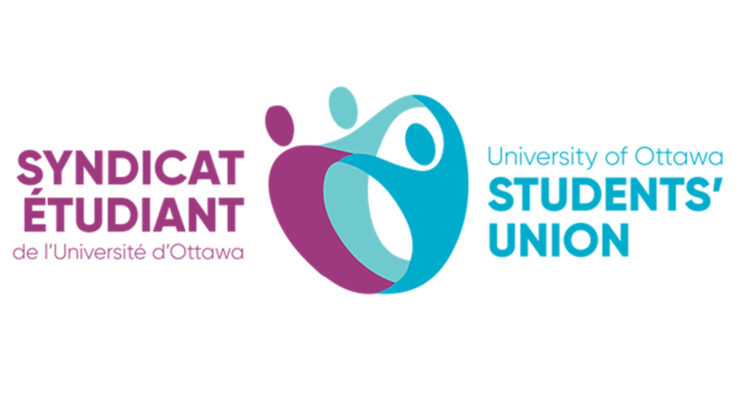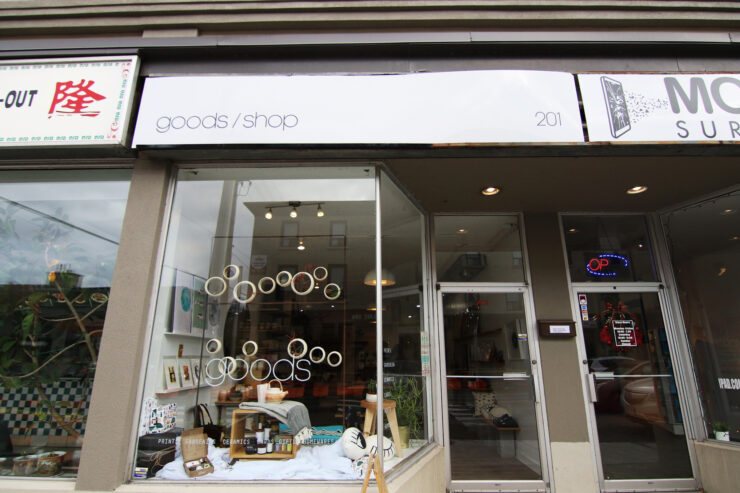Lack of high-level vision stymies chances of urban renewal
The City of Ottawa has announced a $50-million renewal of Montreal Road that would see the neglected shopping street upgraded with bike paths, expanded sidewalks, and improved public spaces. The project is part of the city’s Vision Vanier initiative, a series of community improvement schemes that the city hopes can spark some positive momentum for the community’s lukewarm reputation.
The Vision Vanier plan includes storefront improvements, public art installations, a nebulous ‘cultural improvement plan’ and a smattering of transit improvements. Far from the neighbourhood plans of Little Italy or Hintonburg, the plan seems to be focused on building on the strong foundation that Vanier offers, instead of disruptive mass redevelopment.
While the city’s attempts at improving the city’s red-headed stepchild of a ward are commendable, the half-dozen community programs that makeup Vision Vanier lack any kind of unifying plan. Far from overhauling a troubled community, the city seems to be putting lipstick on a pig. The city is moving forward with generic urban renewal strategies like pedestrianization and store-front improvements without understanding what the needs of Vanier actually are.
Vanier is one of the most diverse neighbourhoods in Ottawa, leading to an incredible mixing of cultures, food and ideas. But it is also one of the city’s poorest areas. These minority populations face significant roadblocks accessing social and career services. Language barriers, cultural differences, a poor understanding of the Canadian government, and irregularities in immigration status prevent Vanier residents from thriving in their own neighbourhood. Instead of a Montreal Road teeming with the sights and smells of international cooperation, we get predatory payday loaners or decrepit motels.
The city has tried to address the poverty in Vanier with the controversial relocation of the city’s Salvation Army emergency shelter. The massive facility would be half homeless shelter, half community center, and offer services ranging from addictions treatment to a thrift store. The announcement was met with a barrage of criticism over the shelter’s location on a ‘traditional main street’ normally reserved for shops, and accusations it would attract poverty to an already troubled neighbourhood.
But the shelter once again demonstrates the city’s ignorance of the true needs of Vanier. Canada’s immigration program ensures that the diverse populations of Vanier are often educated, driven, intelligent people. The kind of chronic homelessness that afflicts Canada’s native-born population is not the poverty that Vanier is facing. The average Vanier resident often hovers just above the poverty line, in a kind of no man’s land above the social safety net, but without the resources to truly realize their potential.
Vanier does not need outside bureaucrats to put some spit and polish on their main street or marginally improve their homelessness resources. They need entrepreneurial programs, social services, and educational opportunities that recognize the ward’s diversity.
Vanier is a central neighbourhood with easy access to Ottawa’s biggest commercial areas and some beautiful public spaces. It should be a thriving part of Ottawa’s city-scape, not a forgotten charity case. Empower Vanier, and watch the neighbourhood thrive as the crossroads of culture it was always meant to be.





